AGUSANON AGRICULTURE COOPERATIVE
To generate wealth for as many Filipinos as possible
Introduction
The trend in agriculture towards limited access to finance for Filipino farmers, environmental concerns, and lacking of market access remains evident. We united together to solve this challenge and improve the quality of life through agriculture.
Be part of an integrated agroforestry farming...
Challenges
• Inauthentic Products and Seedlings
• High Failure Rate
• Lack of Latest Knowledge
• Buyers are nowhere to be found
• Suspicious Business Partners
• Crops are Not Insured from Dangers and Disasters
...without worrying about the hard part
Empowering you
to care about the future of agriculture
We want our members
to win
We believe that you can do it and we will be with you
all through out your journey.
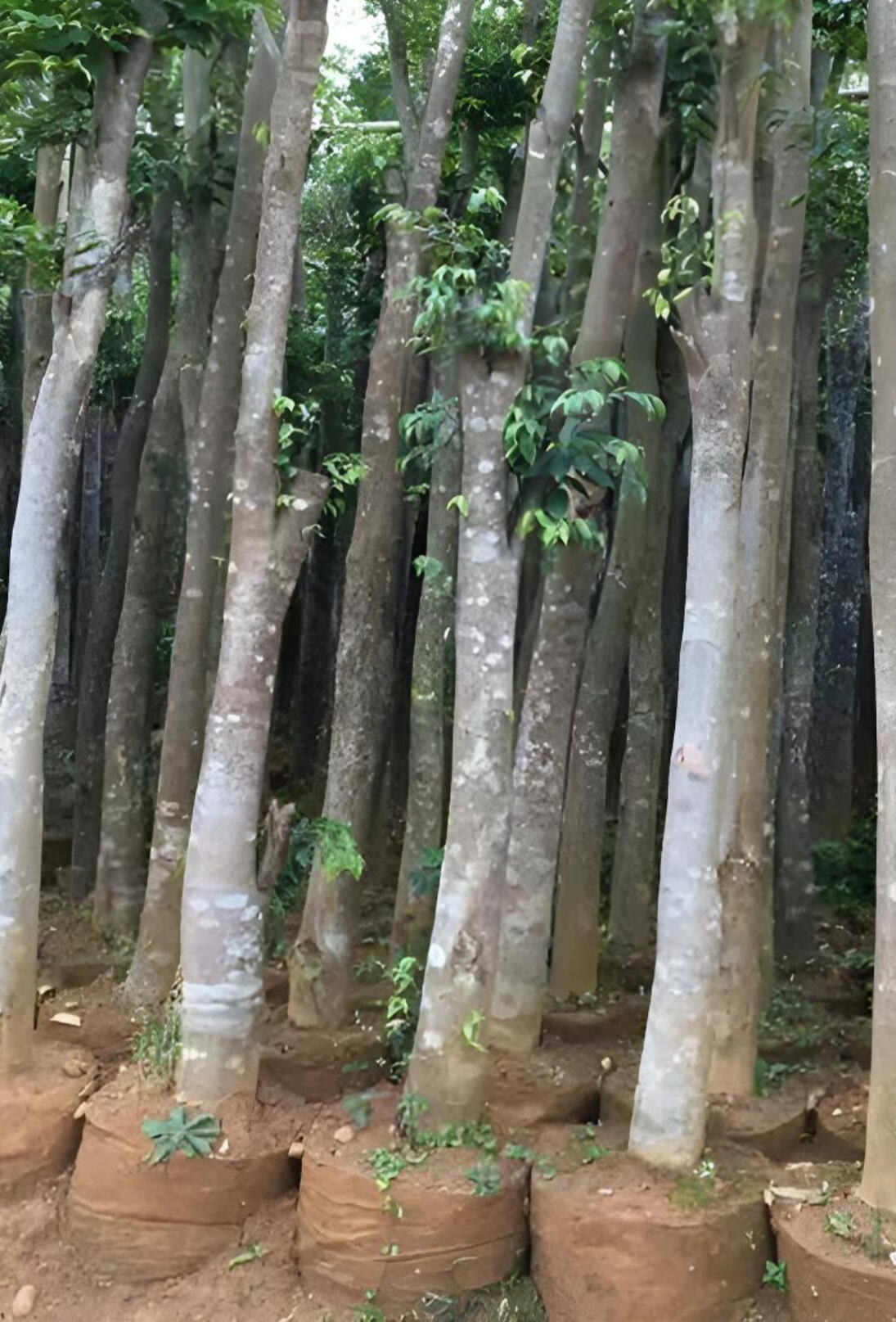
Agarwood Investment (Starts at ₱10,000)
Including an in-depth one-on-one Zoom training, this opportunity is for people who explore profitable and sustainable investment in agriculture industry.Schedule: Special Zoom sessions upon request.
Time: 9:00 AM – 5:00 PM (PHT)What You’ll Learn:
↪ Agarwood Market Insights – Demand, Trends, & Potential.
↪ Agarwood Cultivation and Harvesting Method.
↪ Legal & Regulatory Compliance – CITES permits & International trade regulations.
↪ Investment Models, Returns, & Feasibility.
↪ Value-Added Products & Market Access – How we'll maximize revenue from Agarwood chips, oil & derivatives.
↪ Onboarding Guidance – Answering the "Now, what?" after making the purchase.Exclusive Perks:
↪ Certificate of Membership
↪ Certificate of Tree Ownership
Agarwood Investment
Agarwood Investment requires cooperative membership. You may send payment of ₱10,000 to one of the options below:
Gcash:0906-694-1366 (Romy Lee Ancheta)
Bank Transfer: Agusanon Agriculture Cooperative 3441-0392-20 Landbank Acct., Bayugan CityCost Breakdown
₱5,000 Membership Fee View Benefits.
₱2,000 Capital Share Learn more.
₱2,000 Personal Seedling Insurance View Terms.
₱1,000 Seedling
↪ Planted After Training
↪ w/ Real-time Status CheckExpect to receive a membership application confirmation via Facebook Messenger. Zoom meeting will be scheduled upon agreed date and time.
Membership Application
Membership Benefits
• Full training
• Ownership of assets
• Access to government program grants
• Financial services for farm projects
• Free farm & plantation tour
• Crop Damage and Disaster insurance
• Back office support
Damage and Disaster Insurance
1. What's Covered (Perils Insured):
Accidental Fire, Lightning, Strong Typhoons/Hurricanes/Cyclones (wind & rain only), Floods caused by insured events, Earthquakes, Volcanic Eruptions, Landslides/Mudslides caused by insured events, Normal growth, wear and tear, Diseases, pests, Lack of water, Theft, vandalism, and Pollution.2. What's NOT Covered (Exclusions):
Indirect losses (e.g., lost future profits), War, government actions, and nuclear events.3. What We Pay (Sum Insured):
No amount will be paid. Agarwood Trees will be replaced by another Agarwood Tree.4. Your Responsibilities and How to Claim:
Tell us immediately about any potential claim. Give us all necessary info and documents. We'll inspect the damage. We'll assess and replace each damaged tree.5. The Law:
Philippine laws apply to this policy.
Capital Share
Aside from Agarwood Plantation Project, AAC have other short- and mid-term projects as well, you will get paid regular dividends every 20th of January. Amount of obtainable earnings depends on the Cooperative's investment gains.
Seedling
Seedlings are planted 1-3 days after training.Q: What if I'm already trained?
A: Your seedlings will be planted 1-3 days after purchase.Q: How do I keep track of the status of my trees?
A: We will provide you a real-time status check webpage that you can check anytime, with the countdown until harvest.Q: What if I don't want to continue my investment?
A: You're wish will be granted but we'll have other members buy your trees first, and at half the price. You will be informed about this information before you invest with us through Agarwood Farming.Below is the chart displaying the gross returns for each investment plan. Gross returns are averaged, meaning, it maybe a little lower or higher than stated on the table.
| Trees | Entry price | Gross returns (After 5 years) | |
|---|---|---|---|
| Starter | 1 | ₱10,000 | ₱46,154 |
| Growth | 28 | ₱60,000 | ₱1,292,308 |
| Advanced | 60 | ₱100,000 | ₱3,000,000 |
| Premier | 740 | ₱1,000,000 | ₱34,615,385 |
Opportunities & Projects
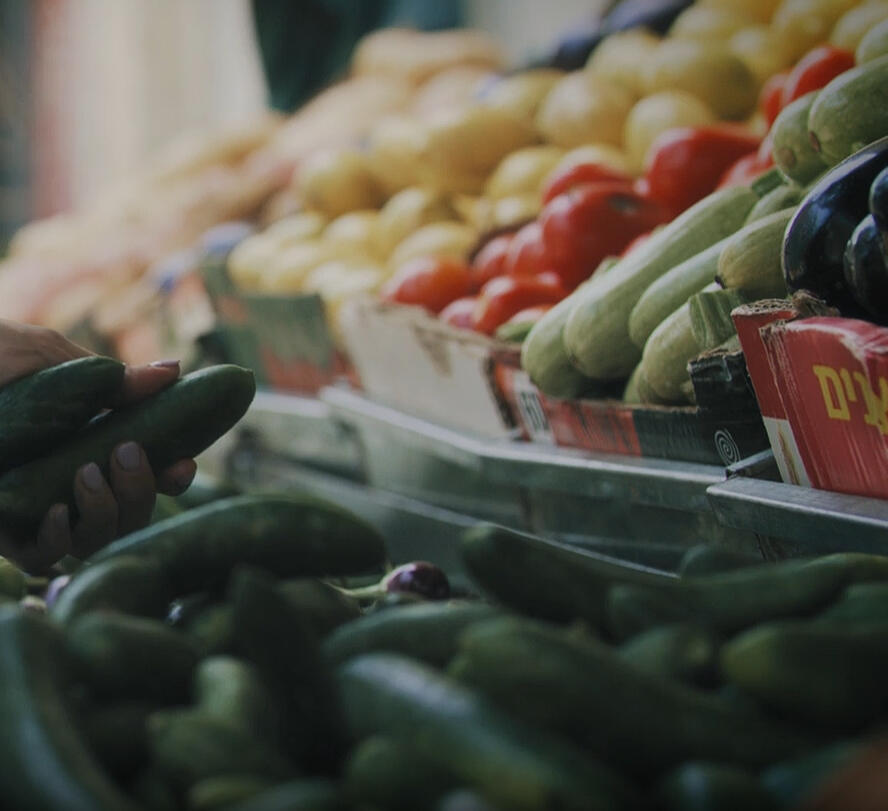
Market-Farmer Linkage
Connecting farmers directly to the market increases farmer income, improving consumer access to fresh produce, and avoiding unnecessary mid-man fees.The Agusanon Agriculture Cooperative (AAC) is transforming the lives of Filipino farmers. Through comprehensive entrepreneurship training and proven sustainable profit strategies, AAC equips them with the tools to build thriving agricultural businesses and secure long-term financial stability.The community benefits from this project as well, for they are able to consume a more affordable and fresh produce.
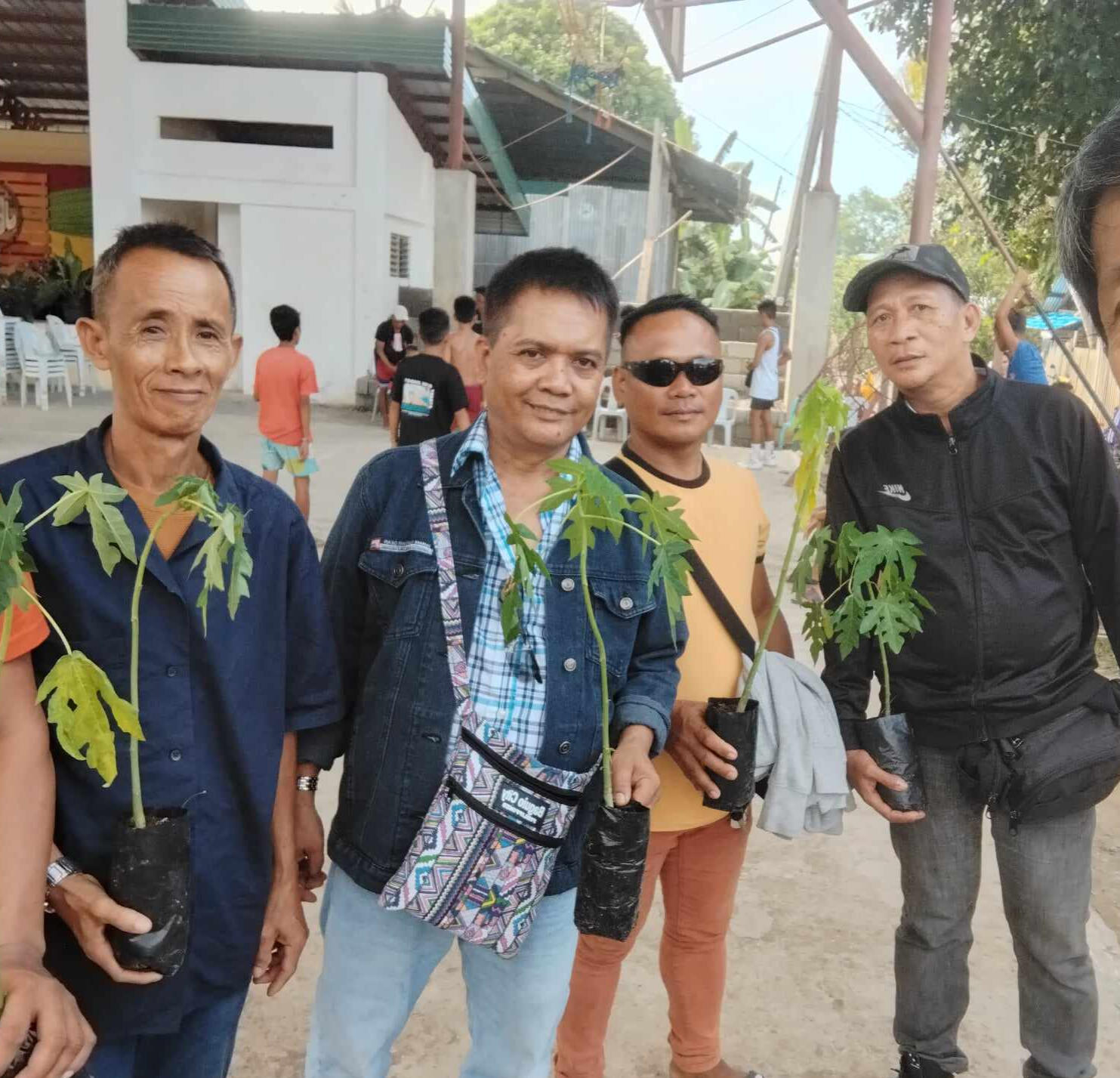
Papaya Distribution| 2024-2025
In a demonstration of its commitment to long-term sustainability and community empowerment, the Agusanon Agriculture Cooperative (AAC) distributed ₱1.3 million worth of certified Red Lady papaya seedlings to Esperanza farmers and families.The planting of over 500 trees has not only strengthened the local agricultural ecosystem but also created a reliable source of income for participating families.By implementing sustainable farming practices and fostering direct market access, AAC has generated substantial profits while ensuring that consumers benefit from consistently affordable, high-quality papayas.
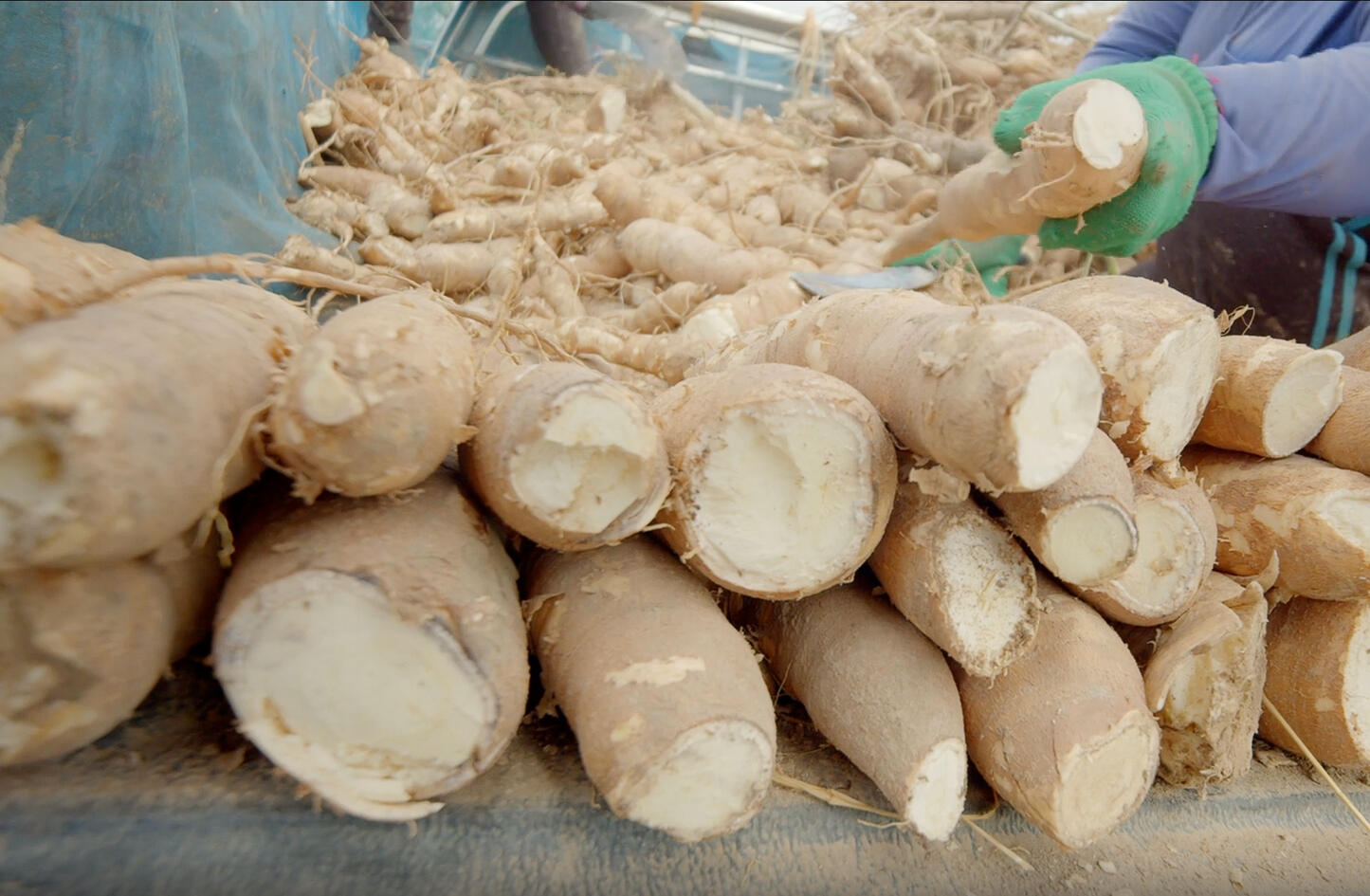
Cassava Plantation | On-going
The AAC is actively expanding its Rayong 72 cassava production to achieve 100 hectares, dedicated to high-quality feed production. To support this growth, we are providing premium cassava planting materials to our members.The project's efficiency and productivity are assured by strong demand from major manufacturers, who consistently request volumes exceeding our current output.This sustained market demand makes this cassava venture a compelling long-term investment opportunity for our members.
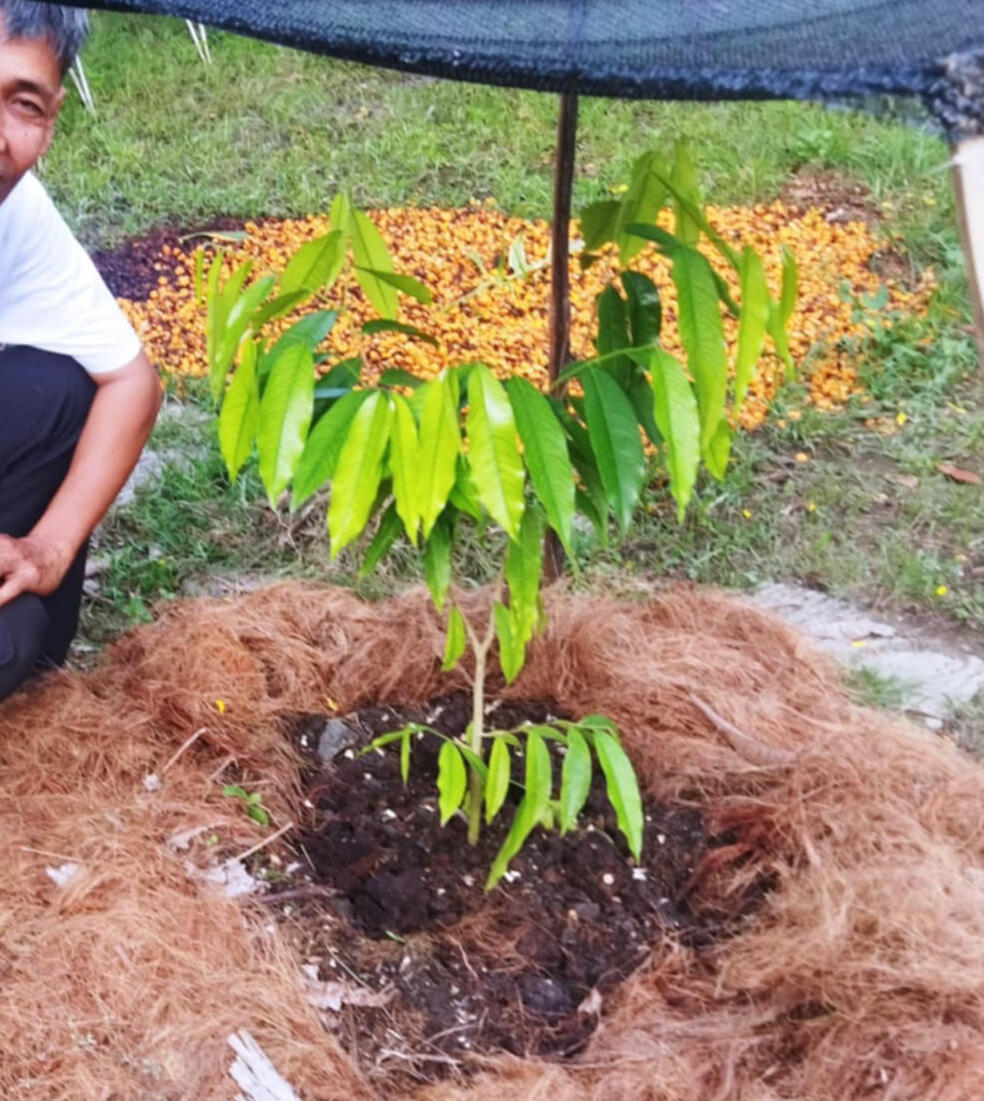
Agarwood Plantation | Upcoming
We are developing a pioneering integrated agroforestry farm resort, showcasing a dedicated one-hectare plantation of Aquilaria trees. Leveraging our exclusive network with a fully certified Aquilaria sapling provider, we ensure the authenticity and quality of our stock.Aquilaria oil, recognized as the world's most valuable natural resource, presents a unique, high-potential investment opportunity. With a predictable timeframe of 7-10 years, investors can expect substantial returns with relatively low risk because of free tree replacement in case a natural calamity damages your assets. However, with our technology, we are able to yield harvest as early as 3-5 years.
SERVICES
Book a call — to consult about your current agroforestry project. A consultant will help you fix your systems; guide you in planning; ensuring that you're on the right path.
Agroforestry Consulting
Book a call — to consult about your current agrobusiness; on how to start, how to level up, and how to earn more from your harvests.
Agrobusiness Consulting
Guidance makes learning painless
SEMINARS & TRAININGS
We offer exclusive sessions
We empower farmers nationwide with cutting-edge agricultural knowledge. Through multiple monthly seminars and training sessions, strategically located for accessibility, we ensure every member, regardless of location, gains mastery of the latest technologies, proven strategies, and emerging opportunities, driving tangible growth and prosperity.
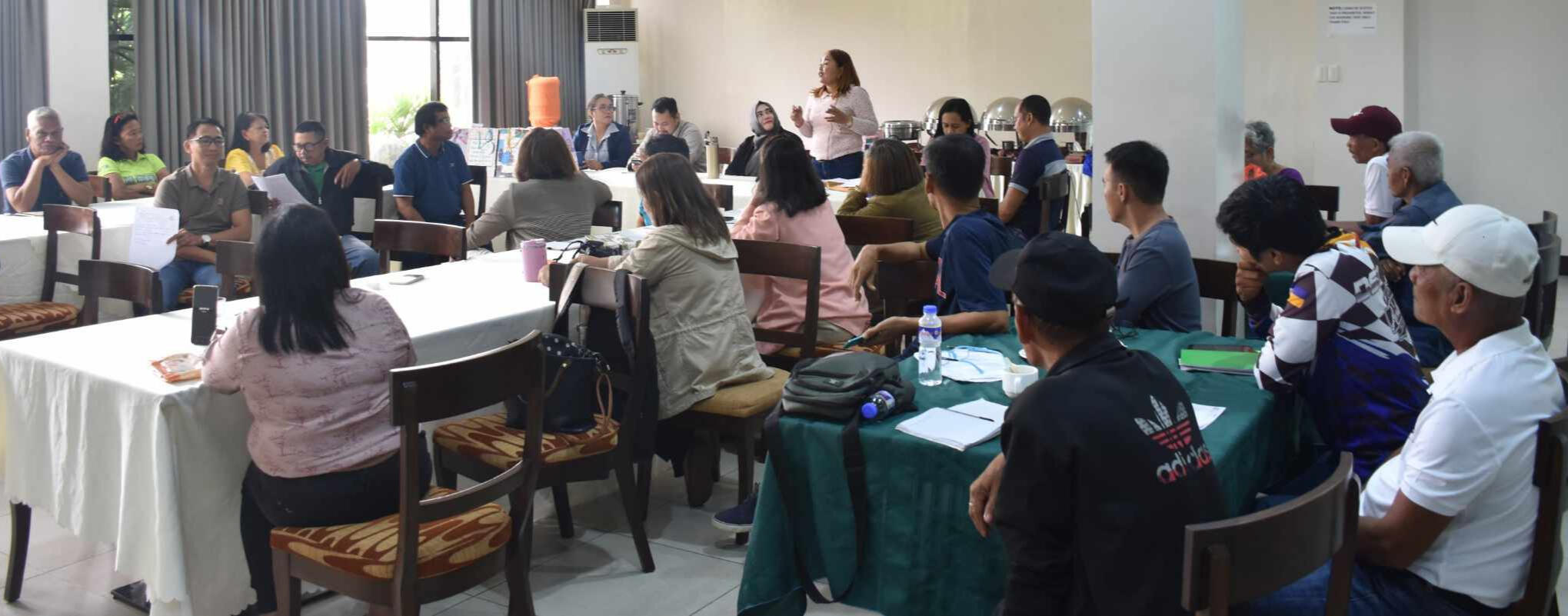

Wildlife Preservation Laws Applied to Agarwood Farming Seminar
This seminar provides a comprehensive overview of the Agarwood industry, covering its market demand, financial aspects, processing, and crucially, the legal and environmental regulations related to wildlife, forestry, and endangered flora..📍Butuan City, Agusan del Norte - March 18, 2025
📍Esperanza, Agusan del Sur - March 19, 2025
📍Malinao, Narra, Palawan - April 5, 2025
📍Roxas, Palawan - April 6, 2025
📍El Nido, Palawan - April 7, 2025
📍Puerto Princesa City, Palawan - April 8, 2025
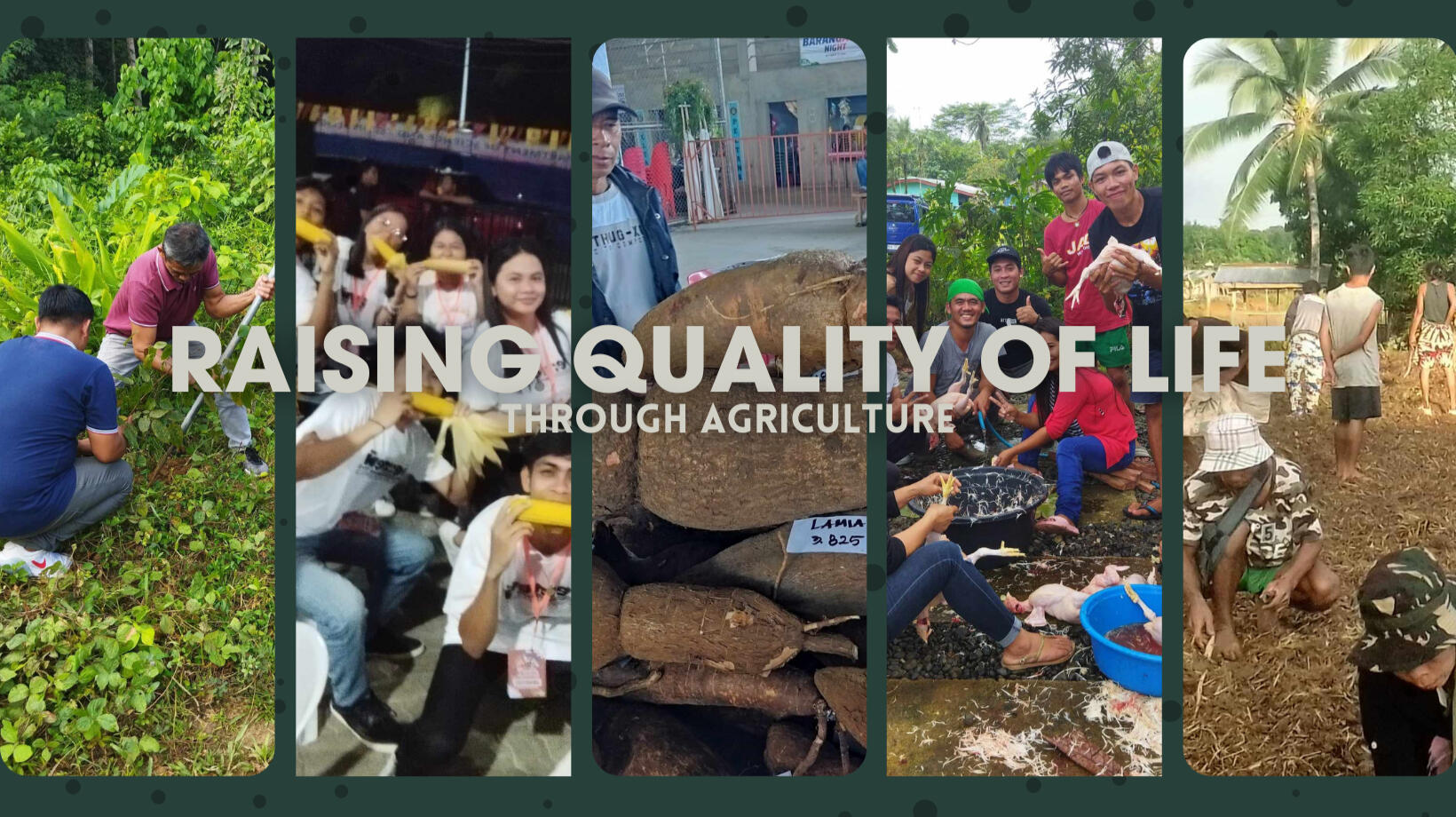
Sign up
Welcome to Agusanon Agriculture Cooperative.
CONTACT US
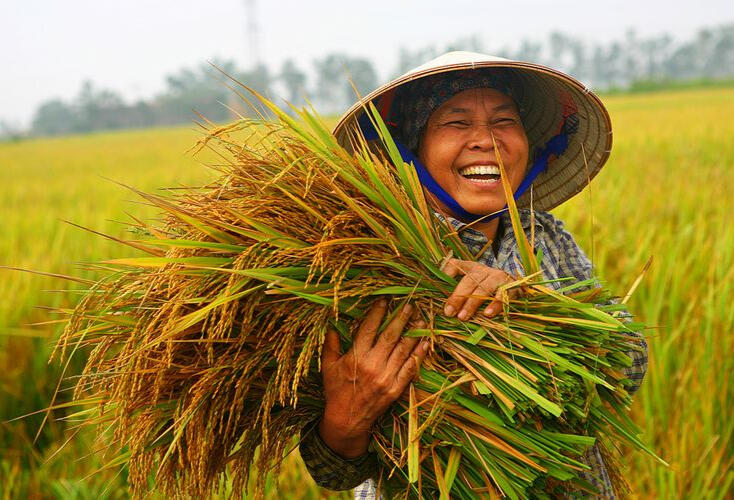
Member's Responsibilities

6 Major Reasons Why Agarwood is so Expensive
In a world saturated with fleeting trends, a timeless treasure quietly commands staggering prices: Agarwood. Often referred to as "oud" or "aloe wood," this dark, aromatic resin is not merely a commodity; it's a testament to nature's artistry and a beacon of untapped investment potential.Agarwood's story begins with the Aquilaria tree, a species that, when faced with a specific mold infection, initiates a remarkable defense mechanism. It produces a dense, fragrant resin, a liquid gold that solidifies into the coveted agarwood. This resin, imbued with complex and captivating scents, is the cornerstone of a multi-billion dollar market.The exorbitant price of agarwood, often reaching thousands of dollars per kilogram, is not a mere market anomaly. It's a reflection of a confluence of powerful economic and cultural forces.There are 6 major reason why Agarwood is so expensive. Number 1...
1) Scarcity and Rarity
The Aquilaria tree itself is not abundant, and the resin formation process is a rare occurrence, demanding specific environmental conditions and decades of growth. This inherent scarcity creates a natural supply constraint, a fundamental driver of value.
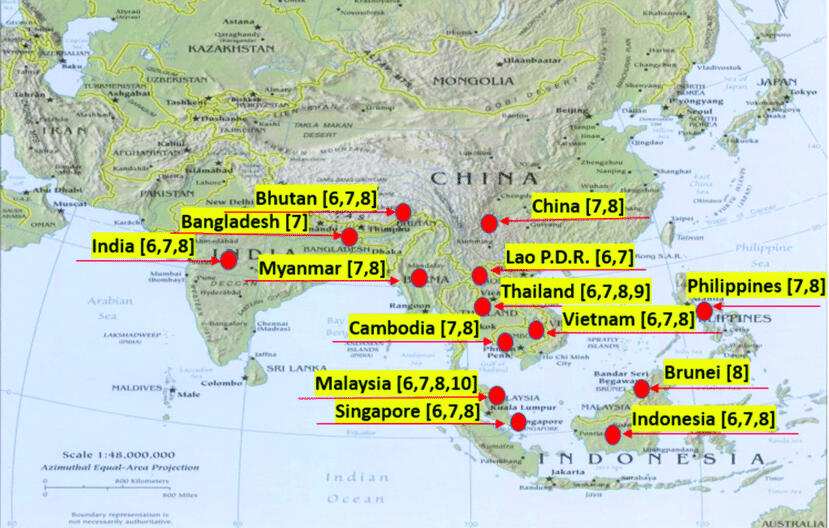
2) Labor-Intensive Harvesting
Extracting agarwood is a delicate, time-consuming process requiring skilled labor. Identifying resin-rich trees and meticulously harvesting the precious wood demands expertise, further elevating its value.

3) Soaring Global Demand
The demand for agarwood is surging, particularly in the Middle East and Asia, where it's prized for its use in high-end perfumes, luxurious incense, traditional medicine, and spiritual ceremonies. This demand far outstrips supply, creating a robust and resilient market.

4) Quality Differentiation
Agarwood's quality varies significantly, with factors like tree age, resin content, and origin impacting its value. Premium-grade agarwood commands exponentially higher prices, offering significant profit margins for discerning investors.
ㅤ

5) Cultural and Spiritual Significance of Agarwood as Incense
Agarwood holds deep cultural and spiritual significance in numerous societies, particularly in religious rituals and traditional practices. This cultural resonance adds an intangible layer of value, ensuring its enduring appeal.

6) Environmental Considerations and Sustainable Investment
Overharvesting has led to increased regulation and conservation efforts. Investing in sustainable agarwood cultivation and harvesting practices not only addresses environmental concerns but also ensures long-term market stability and ethical returns.
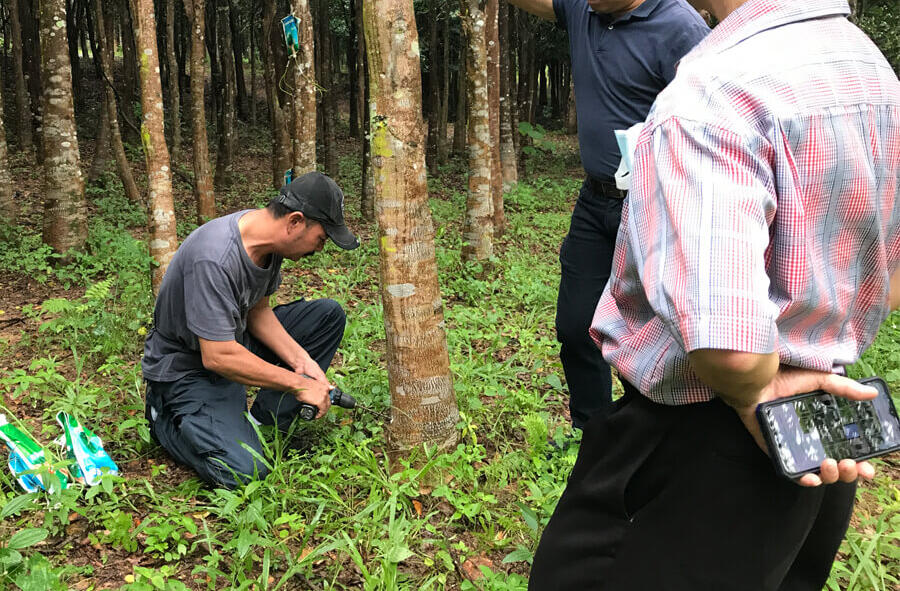
Conclusion
Agarwood is naturally expensive because it is in-demand and always will be. Knowing that it also presents a compelling investment opportunity, offering a unique blend of high returns, cultural significance, and potential for sustainable growth. Investors can capitalize on the expanding agarwood market while contributing to the conservation of this precious resource.

Our cooperative is working on an Agarwood Plantation
We want to generate wealth for as many Filipinos as possible; this is the vision that we share in our cooperative. If you share the same dream as ours, you'll want to read the rest of this article.We are currently pioneering an integrated agroforestry farm resort, showcasing a dedicated one-hectare plantation of authentic high quality Aquilaria trees. 9 Species of Aquilaria trees are native to the Philippines making it easier for us to grow compared to other nations. This tree is used for incense and perfumes in the west and middle east Asia.Would you believe that a hectare can produce ₱40,000,000 after 5 years? It's true. And if Agarwood is rejected, it can still be sold at ₱24,000 per kilo. It's hard to accept at first because it's too good to be true, until it actually happens.But who's gonna buy it? Good question! Our network demands 100-1000 kilograms every month, even with all the cooperative members combined couldn't fill in this gap, and this is why we encourage as many investors as possible.
3 Difficulties that you can solve with us
In every agribusiness journey, there are always difficulties that's needed to be surpassed; and here are three that you can expect to encounter if you start Agarwood business by yourself.1) Cost
Authentic seedling cost around ₱400 and the harvesting labor is around ₱200,000 per kilogram.2) Lack of Reliable Information
There are scams out there offering fake seedlings for the cheapest price you can imagine. Most are real seedlings but in poor condition.3) Legalities
These permits are complicated. But we can help you understand them with depth during our seminars.But, if you are a member of our cooperative, you won't have to worry about these three difficulties because we offer seedlings at an affordable value; we trained a team of harvesters that can do the labor for a discounted price; plus, we are already permitted to grow and sell.So, all you have to do is learn the procedure with us, and entrust your future to agriculture!Does this sound interesting to you? Click the button below to reach out with us and start manoeuvring your future to a brighter tomorrow.